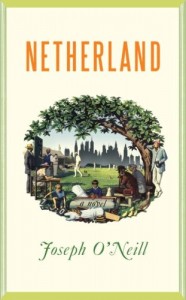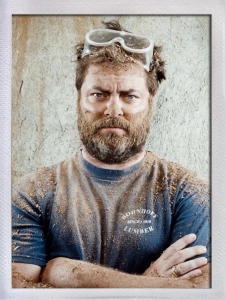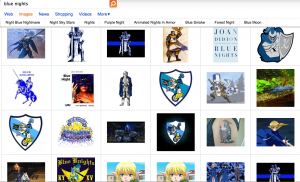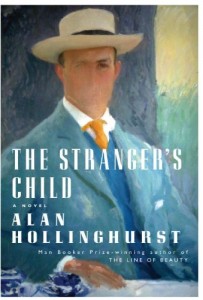 I read this weekend Joseph O’Neill’s Netherland, and came across a scene with a structure I’ve been noticing a lot lately. Or a kind of structural move I for whatever reason am these days more attuned to. It’s about 23 percent of the way through the novel (thanks, Kindle!). Hans is on a train up to Albany on business, and he opens the gift that Chuck sent him after their initial introduction. It’s a book of old Dutch children’s songs. One gets printed in full, in Dutch. Then this:
I read this weekend Joseph O’Neill’s Netherland, and came across a scene with a structure I’ve been noticing a lot lately. Or a kind of structural move I for whatever reason am these days more attuned to. It’s about 23 percent of the way through the novel (thanks, Kindle!). Hans is on a train up to Albany on business, and he opens the gift that Chuck sent him after their initial introduction. It’s a book of old Dutch children’s songs. One gets printed in full, in Dutch. Then this:
Adapting the melody of the St. Nicholas song that every Dutch child hungrily learns […] I hummed this nonsense about pigs and beans and cows and clover to my faraway son, tapping my knee against the underside of the lowered tray as I imagined his delighted weight on my thigh.
End of scene. Right? Hans has been living for a while now across the ocean from his wife and child, and this scene comes at the tail end of a summary of how that time has been spent. It hasn’t been easy, but nor has it been traumatic. Still, the image here, the imagined time spent with his son, is precisely the sort of thing we work toward in our scenes.
Except O’Neill doesn’t end the scene there. The scene shifts to flashback:
The week before, Jake and I had played in his grandparents’ garden. I raked leaves into piles and he helped me bag the leaves. The leaves were dry and marvelously light. I added armloads to the red and brown and gold crushed in the plastic sack; Jake picked up a single leaf and made a cautious, thrilled deposit. At one point he put on his superhero frown and charged a hillock of leaves. Wading into its harmless fire, he courageously sprawled. “‘Ook, ‘ook!” he screamed as he rolled in the leaves. I looked, and looked, and looked. Fronds of his yellow hair curled out from the hood’s fringe onto his cheeks. He wore his purple quilted jacket, and his thermal khakis with an inch of tartan turnup, and his blue ankle boots with the zip, and the blue sweater with the white boat, and—I knew this because I had dressed him—his train-infested underpants, and the red T-shirt he liked to imagine was a Spider-Man shirt, and Old Navy green socks with rubbery lettering on the soles. We gardened together. I demonstrated how to use a shovel. When I dug up the topsoil, I was taken aback: countless squirming creatures ate and moved and multiplied underfoot. The very ground we stood on was revealed as a kind of ocean, crowded and immeasurable and without light.
Blocks of color stormed my window for a full minute. By the time the freight train had passed, the sky over the Hudson Valley had brightened still further and the formerly brown and silver Hudson was a bluish white.
Unseen on this earth, I alighted at Albany-Rensselaer with tears in my eyes and went to my meeting.
 It reminded me of a passage in Tessa Hadley’s The London Train which I finished a couple weeks ago and had meant, while reading it, to blog about, but on looking back at the passage I couldn’t recall my original point or interest in it. Continue reading Old Moves, New to Me
It reminded me of a passage in Tessa Hadley’s The London Train which I finished a couple weeks ago and had meant, while reading it, to blog about, but on looking back at the passage I couldn’t recall my original point or interest in it. Continue reading Old Moves, New to Me

















